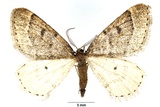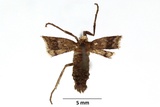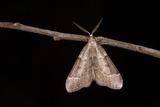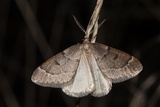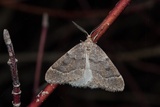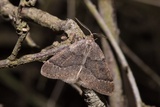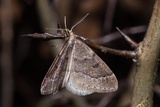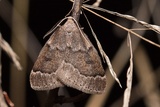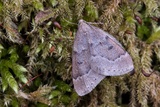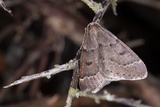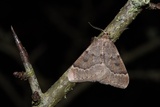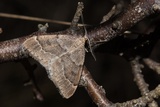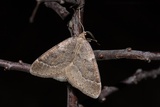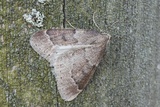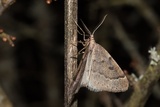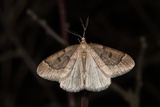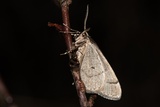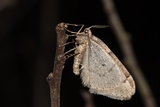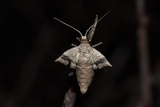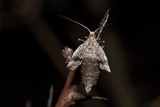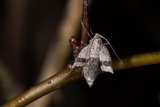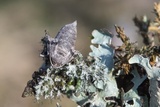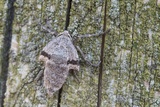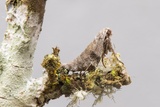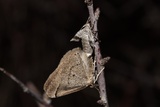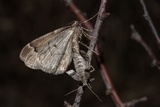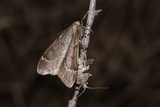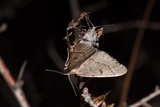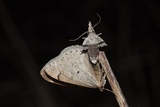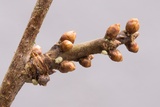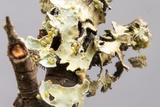Theria rupicapraria (Denis & Schiffermüller, 1775) Species
Last modified: Jan. 29, 2025, 1:01 p.m.
A very rare species in Belgium. Nowadays exclusively known from the southern provinces, where in some places it can be locally very common, especially the limestone area.
Details
- Classification
- Family: Geometridae > Subfamily: Ennominae > Tribus: Theriini > Genus: Theria > Species: Theria rupicapraria
- Vernacular names
- Late meidoornspanner, Late sleedoornspanner (NL), La Phalène chamoisée (FR), Später Schlehenbusch-Winterspanner (DE)
- First mention in Belgium
- De Sélys-Longchamps E. 1844. Énumération des insectes Lépidoptères de la Belgique. — Mémoires de la Société royale des Sciences de Liége 2: 1–35. On page 16 (as Hibernia rupicapraria Wv.). view page
- Status
-
Native
Distribution
Imago
Males have wings 27–28 mm, females are micropterous 7–8 mm.
Forewing male light russet brown with two tranverse lines, dentate and not strongly distinct, come markedly closer together at inner margin, discal spot elongated. Hindwing a whitish hue, scarcely marked. The general color has a more contrasted appearance than Theria primaria.
Females have forewing stumps (just over half of the abdomen) with a greyish background color, dotted with a dark brown blackish transverse band that slightly gets smaller towards inner margin.
Caterpillar
Usually found in May and June.
Caterpillars are greenish white, dark green or dark brown in color.
The green-white caterpillars have an unsigned form with only a number of white lines, of which the subdorsal are the most striking.
The other two color forms have square dark spots on their backs but these are infrequently.
Cannot be distinguished from Theria primaria with certainty.
Bionomics
Pupates as a pupa in litter on the ground or underground. The males fly from dusk onwards. During the night they can be found on bare branches of the host plant, sometimes mating with a female. The flight period is slightly later than that of Theria primaria.
Flight periods
The adults fly from late January onwards till late March, very rarely later, and because of the early flight period they might be overlooked in some areas.
Habitat
Hedges, forest edges where the food plant grows.
